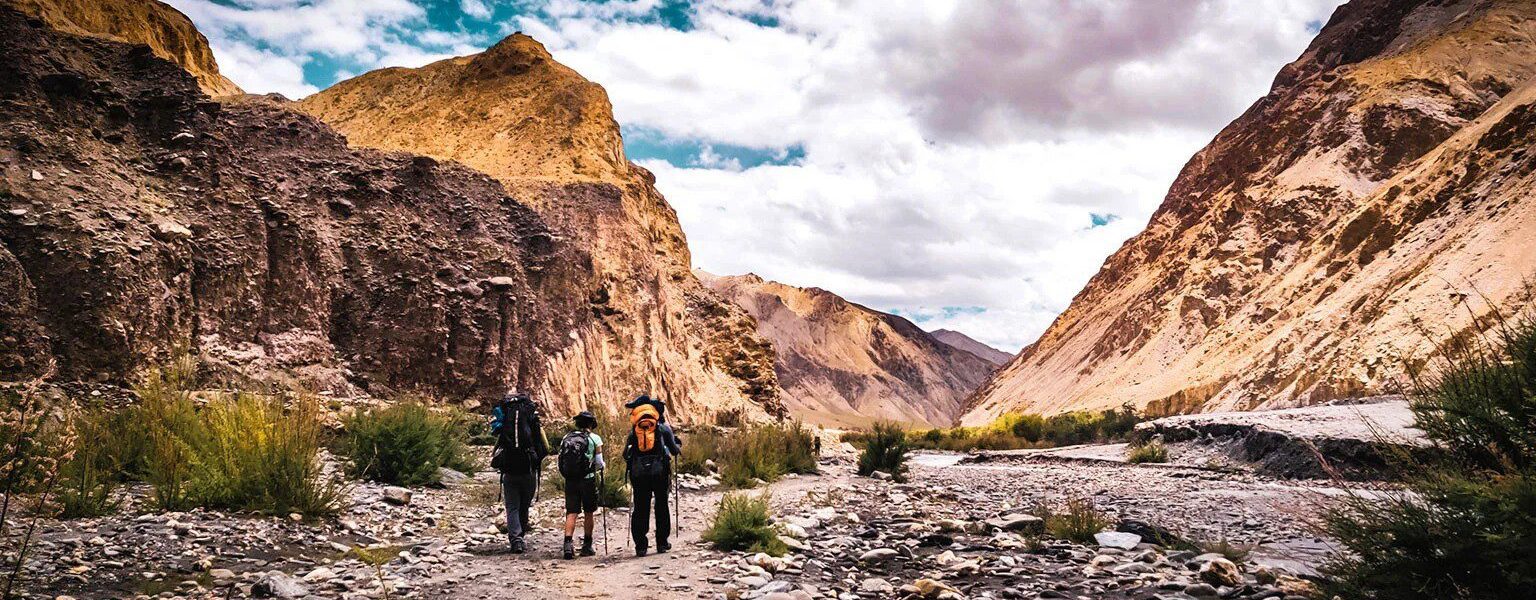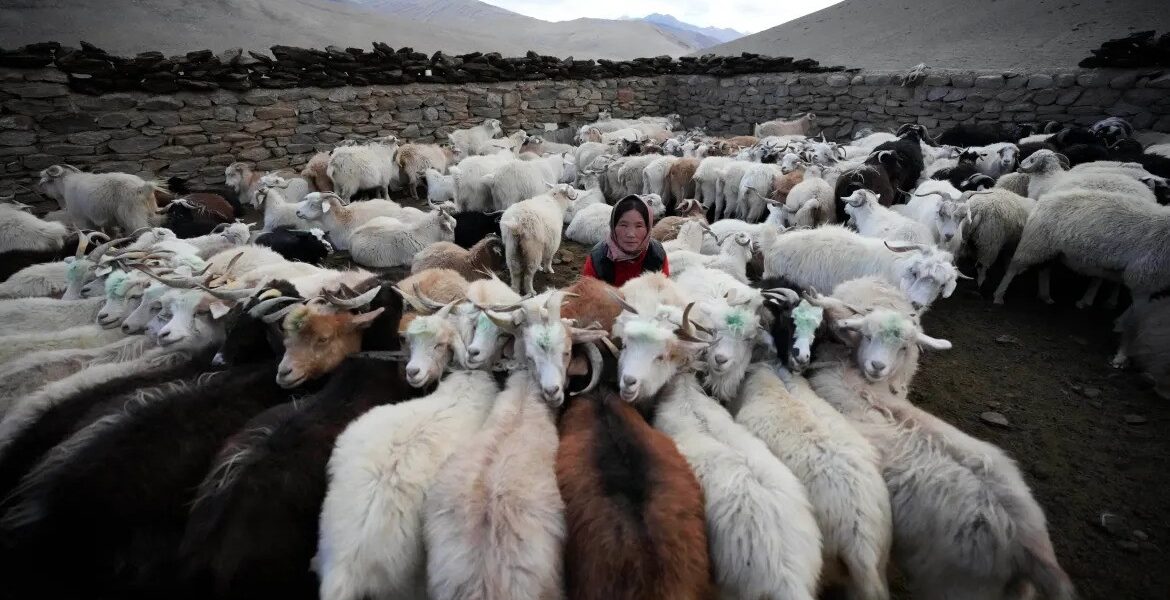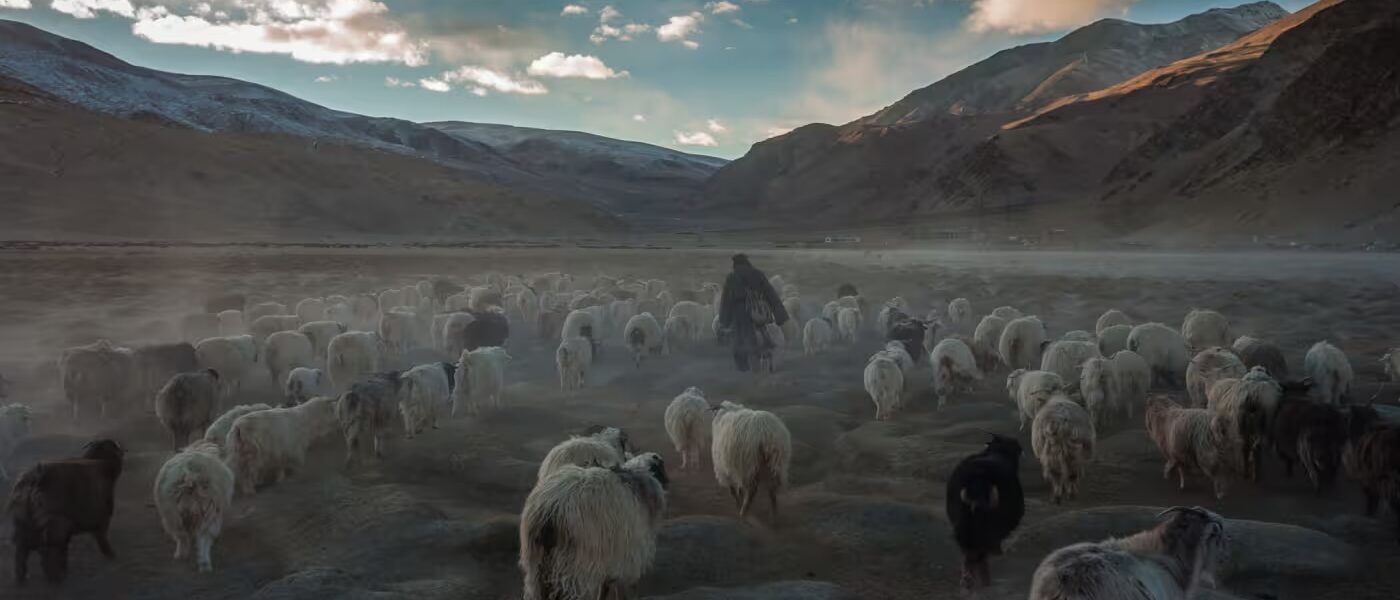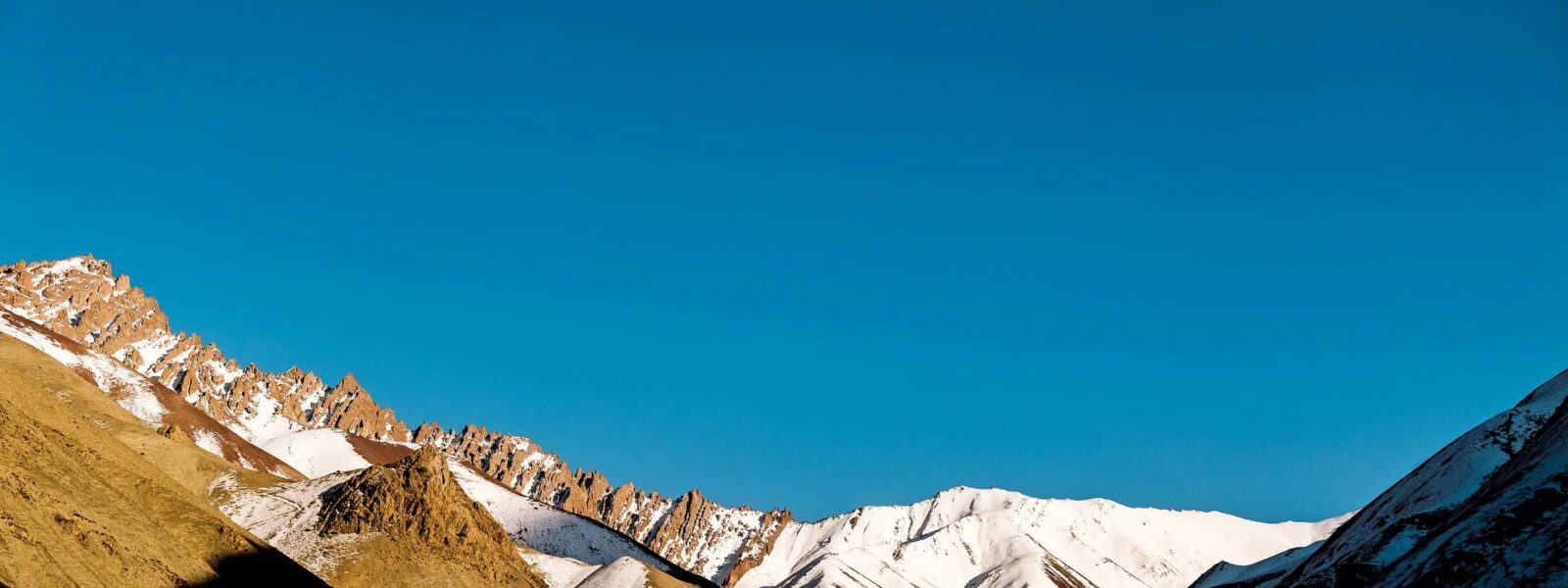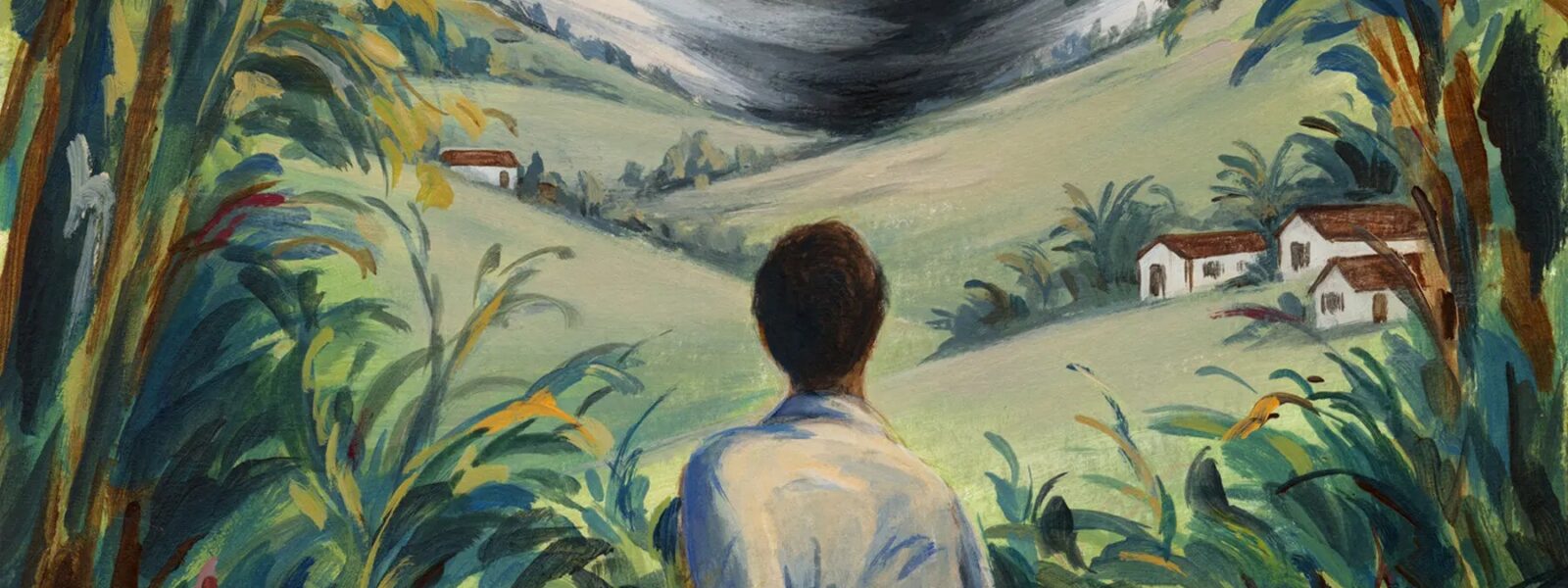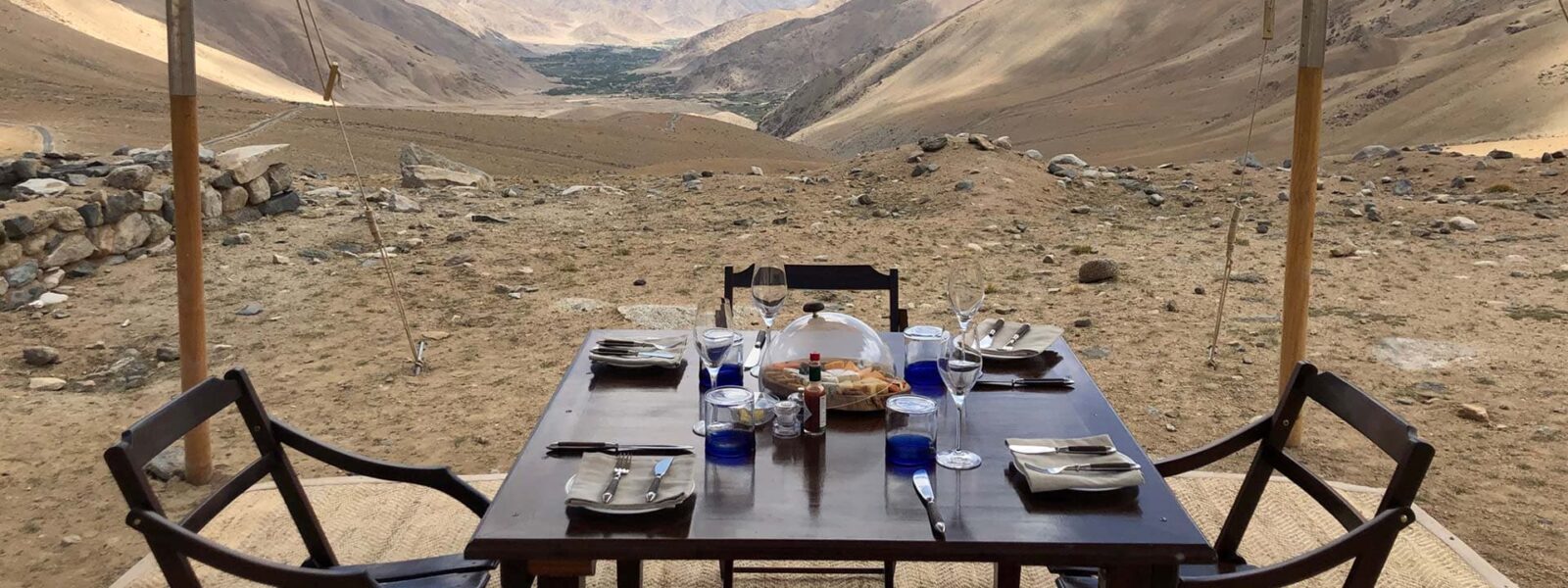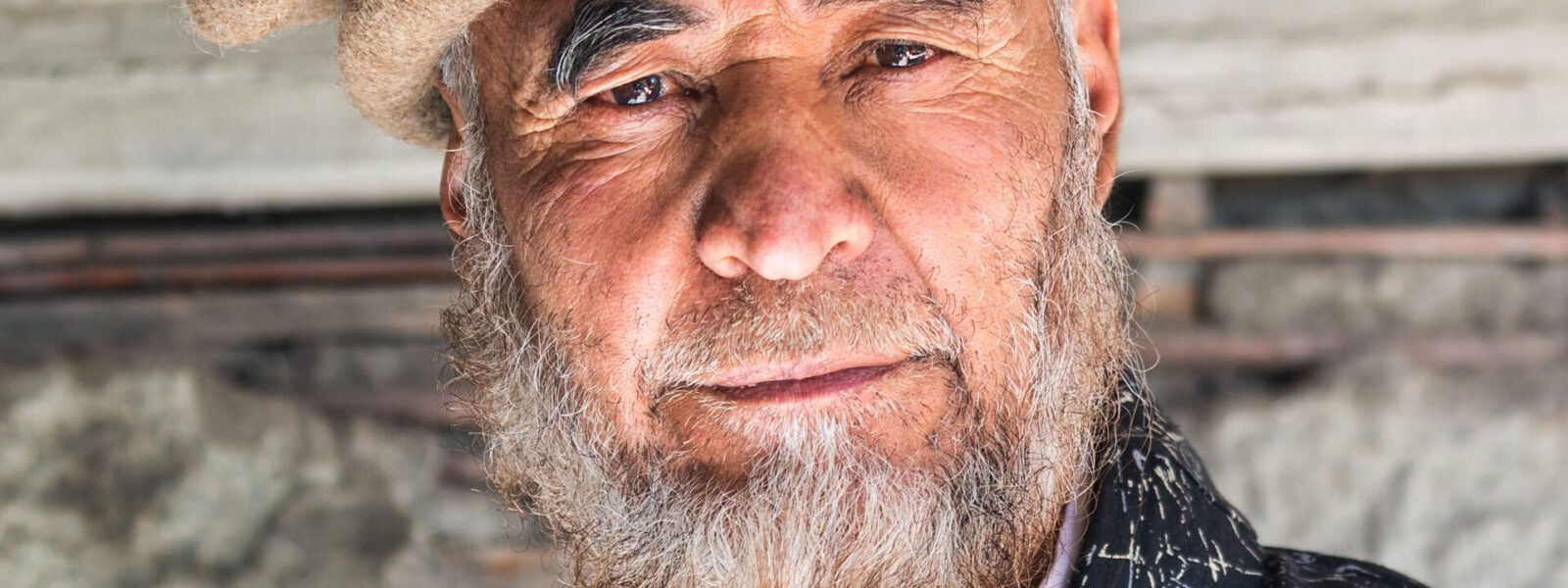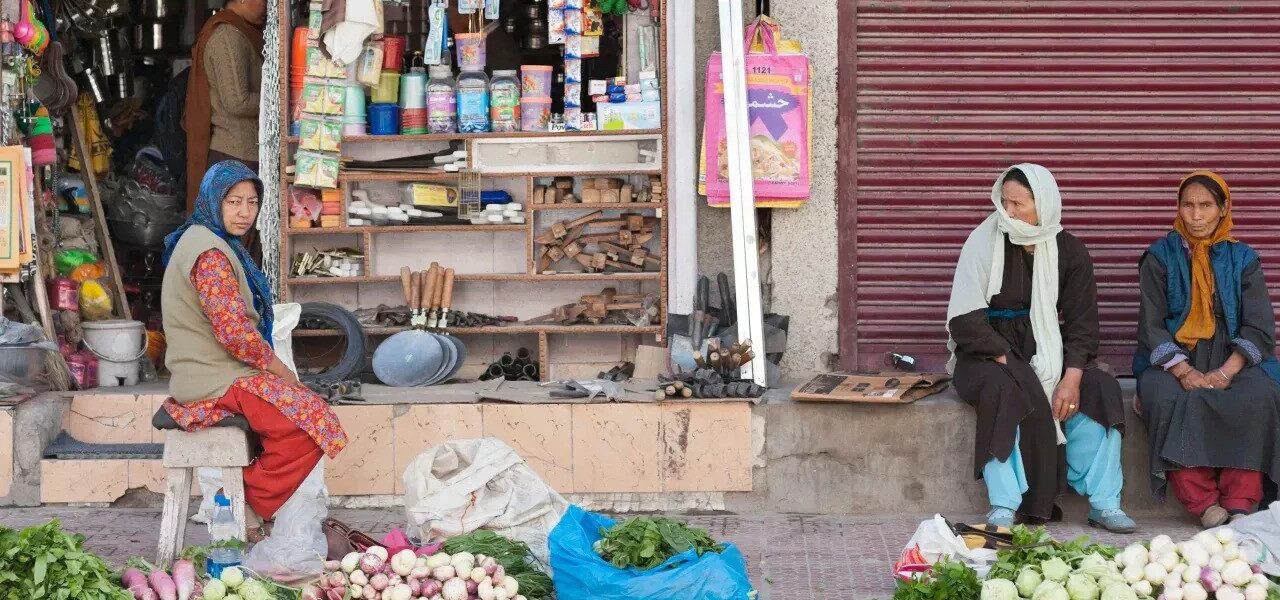Introduction to Markha Valley Trek 2025
The Markha Valley Trek is one of the most iconic trekking routes in Ladakh, India. Known for its breathtaking landscapes, ancient monasteries, and traditional Ladakhi villages, this trek offers a perfect blend of adventure, culture, and natural beauty. With altitudes reaching over 5,000 meters, it is considered a moderate to challenging trek, requiring proper acclimatization and preparation.
As we approach 2025, the Markha Valley Trek is becoming increasingly popular among adventure seekers. With new camping spots, improved infrastructure, and a growing interest in sustainable trekking, this year presents an excellent opportunity for both first-time and experienced trekkers to explore this Himalayan gem.
In this comprehensive guide, we will cover everything you need to know about Markha Valley Trek 2025, including the best trekking routes, difficulty level, permits, itinerary, packing list, and much more. If you’re planning an adventure in Ladakh, this guide will be your ultimate resource.
Why Choose Markha Valley Trek in 2025?
Unparalleled Himalayan Scenery
The Markha Valley Trek takes you through some of the most stunning landscapes in Ladakh. From lush green valleys to barren high-altitude deserts, the scenery constantly changes as you ascend through the Himalayas. Trekkers will pass through dramatic canyons, cross glacial rivers, and witness panoramic views of Kang Yatse Peak (6,400m).
Cultural Immersion in Ladakhi Villages
One of the unique aspects of this trek is the opportunity to experience Ladakhi culture firsthand. The route passes through traditional villages like Skiu, Markha, and Hankar, where trekkers can stay in local homestays and interact with friendly villagers. Unlike other treks that focus solely on nature, Markha Valley Trek provides a rich cultural experience, allowing you to explore ancient monasteries, prayer flags, and Buddhist stupas along the way.
Improved Trekking Infrastructure in 2025
With 2025 marking a surge in trekking tourism, there have been significant improvements in trekking infrastructure. More organized campsites, better trail markers, and improved homestay facilities make this trek more accessible than ever before.
Best Alternative to Other Popular Treks
Many trekkers looking for an alternative to over-crowded treks in India, such as Everest Base Camp or Roopkund Trek, find Markha Valley Trek an excellent option. It offers a serene experience away from the crowds, making it perfect for those who seek solitude in the Himalayas.
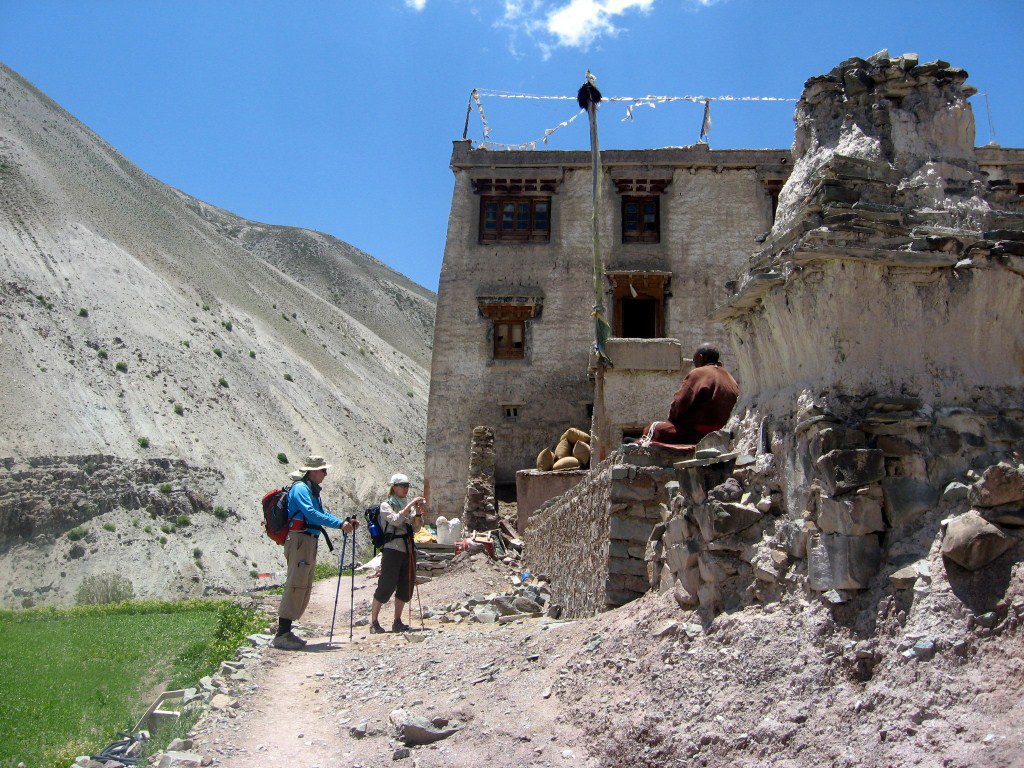
Best Time to Trek Markha Valley
Ideal Seasons for the Trek
The best time to trek Markha Valley is between May and September. During these months, the weather is relatively stable, with clear skies and moderate temperatures. Here’s a breakdown of seasonal conditions:
- May – June: Fresh greenery, snow still present at higher altitudes.
- July – August: Warmest months, best for clear views but occasional rain in lower areas.
- September: Ideal weather, fewer trekkers, stunning autumn landscapes.
Seasons to Avoid
- October – April: Extremely cold, heavy snowfall, and many homestays close for winter.
Weather Conditions in Markha Valley
| Month | Temperature (Day) | Temperature (Night) | Conditions |
|---|---|---|---|
| May | 10°C – 18°C | -2°C – 5°C | Cool, some snow |
| June | 12°C – 22°C | 0°C – 8°C | Clear, warm days |
| July | 15°C – 25°C | 5°C – 10°C | Mild, occasional rain |
| August | 15°C – 24°C | 4°C – 9°C | Best trekking weather |
| Sept | 12°C – 20°C | 0°C – 7°C | Cool, beautiful autumn colors |
Markha Valley Trek Itinerary (Day-by-Day Guide)
Day 1: Arriving in Leh and Acclimatization
- Arrive in Leh (3,500m) via flight from Delhi or Manali.
- Spend the day exploring Leh Palace, Shanti Stupa, and local markets.
- Focus on hydration and minimal physical activity to avoid altitude sickness.
Day 2: Leh to Chilling & Trek to Skiu (3,400m)
- Drive from Leh to Chilling (2-3 hours).
- Cross Zanskar River via a bridge and begin trekking.
- Arrive at Skiu village (4-5 hours trek) and stay at a homestay.
Day 3: Skiu to Markha (3,750m)
- Trek through scenic canyons along the Markha River.
- Visit ancient monasteries and stupas along the way.
- Stay in Markha village, one of the biggest settlements on the trek.
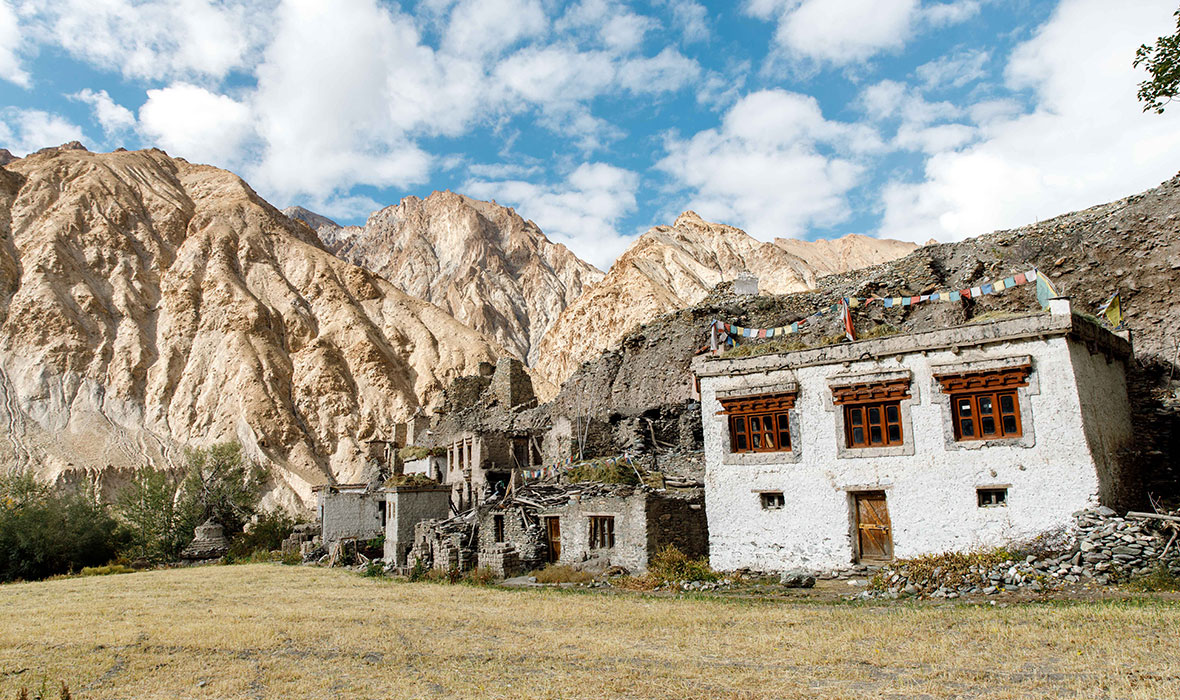
Day 4: Markha to Hankar (4,000m)
- Moderate 6-hour trek with gradual ascent.
- Spectacular views of Kang Yatse peak (6,400m).
- Homestay accommodation in Hankar village.
Day 5: Hankar to Nimaling (4,700m)
- Challenging trek to Nimaling Plateau.
- Breathtaking panoramic views of snow-capped peaks.
- Set up camp at Nimaling.
Day 6: Nimaling to Chokdo via Kongmaru La Pass (5,200m) & Return to Leh
- Cross Kongmaru La, the highest point of the trek.
- Stunning views of Zanskar and Ladakh ranges.
- Trek down to Chokdo and drive back to Leh.
Difficulty Level and Fitness Requirements
Is Markha Valley Trek Difficult?
The Markha Valley Trek is classified as a moderate to challenging trek due to its high altitude, river crossings, and long trekking distances. While it doesn’t require technical climbing skills, it does demand good physical endurance and acclimatization.
Key Challenges of Markha Valley Trek:
- High Altitude: Maximum elevation reaches 5,200m at Kongmaru La Pass.
- Long Trekking Hours: Daily hikes range from 5-8 hours over uneven terrain.
- River Crossings: Some sections require wading through glacial rivers, especially in July and August.
- Weather Extremes: Cold nights and strong winds at high altitudes.
Who Can Do the Markha Valley Trek?
This trek is suitable for experienced trekkers as well as physically fit beginners who have prior hiking experience in mountainous terrain. If you’re new to trekking, it’s advisable to do a practice trek (3-4 days at 3,500m+) before attempting Markha Valley.
How to Prepare for Markha Valley Trek?
To successfully complete the Markha Valley Trek, you should start physical training at least 6-8 weeks before the trek.
Pre-Trek Fitness Routine:
- Cardio Workouts:
- Running, cycling, or swimming (at least 3-4 times per week).
- Goal: Build stamina for long trekking days.
- Strength Training:
- Focus on leg strength (squats, lunges, calf raises) to handle uphill climbs.
- Core strength exercises (planks, sit-ups) to maintain balance.
- Hiking Practice:
- Start with 5-10km hikes with a loaded backpack.
- Train with altitude treks if possible (above 3,000m).
- Breathing & Acclimatization:
- Practice deep breathing exercises (Pranayama, Yoga).
- Spend 1-2 extra days in Leh before the trek to adapt to altitude.
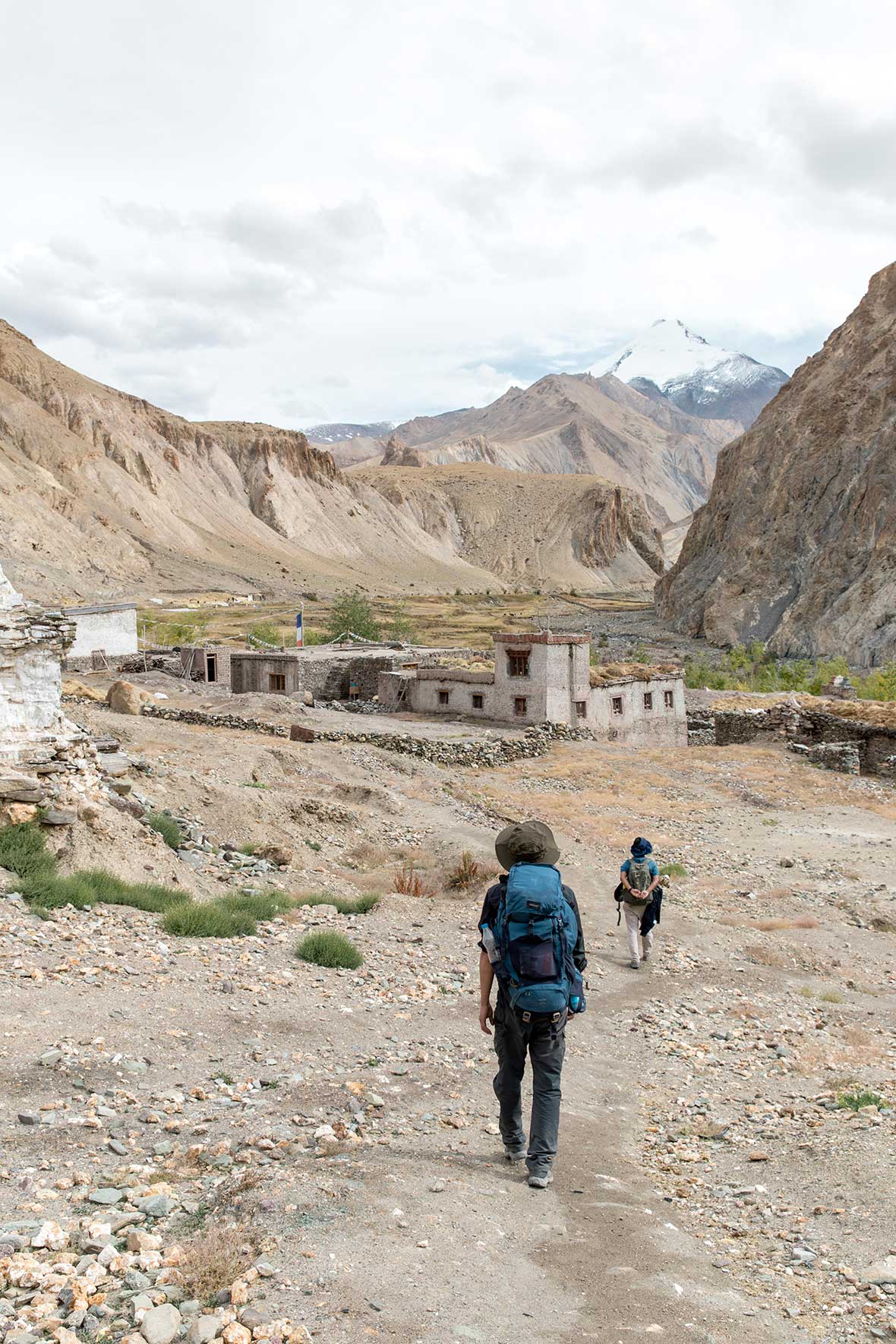
Altitude Sickness & Acclimatization Tips
What is Acute Mountain Sickness (AMS)?
Altitude sickness, or Acute Mountain Sickness (AMS), occurs when your body does not get enough oxygen at high altitudes. It commonly affects trekkers above 3,500m, and symptoms may appear within 6-24 hours of ascent.
Symptoms of AMS:
- Mild AMS: Headache, dizziness, nausea, loss of appetite, shortness of breath.
- Severe AMS: Confusion, difficulty walking, chest tightness, coughing up fluids (HAPE/HACE).
How to Prevent Altitude Sickness?
- Acclimatization: Spend at least 2 days in Leh (3,500m) before starting the trek.
- Hydration: Drink 4-5 liters of water per day to avoid dehydration.
- Slow Ascent: Follow the Golden Rule: “Climb high, sleep low”.
- Medication: Take Diamox (Acetazolamide) 125mg every 12 hours, if recommended by a doctor.
- Avoid Alcohol & Smoking: These can worsen dehydration and AMS symptoms.
Markha Valley Trek Cost & Budget Breakdown
How Much Does the Markha Valley Trek Cost?
The cost of the Markha Valley Trek varies depending on whether you go independently or with a guide.
| Category | Cost (INR) | Cost (USD) |
|---|---|---|
| Trekking Permit | Free | Free |
| Guide (Per Day) | ₹1,800 – ₹2,500 | $22 – $30 |
| Homestay (Per Night) | ₹1,200 – ₹1,800 | $14 – $22 |
| Camping Fees | ₹500 – ₹800 | $6 – $10 |
| Meals (Per Day) | ₹1,000 – ₹1,500 | $12 – $18 |
| Transport (Leh to Chilling/Chokdo) | ₹2,500 – ₹3,500 | $30 – $42 |
| Total Budget (7 Days, Independent) | ₹12,000 – ₹18,000 | $145 – $220 |
| Total Budget (7 Days, Guided) | ₹25,000 – ₹40,000 | $300 – $480 |
Cost-Saving Tips:
- Trek independently if experienced.
- Stay in homestays instead of camping to save on gear rental.
- Share transport costs with other trekkers.
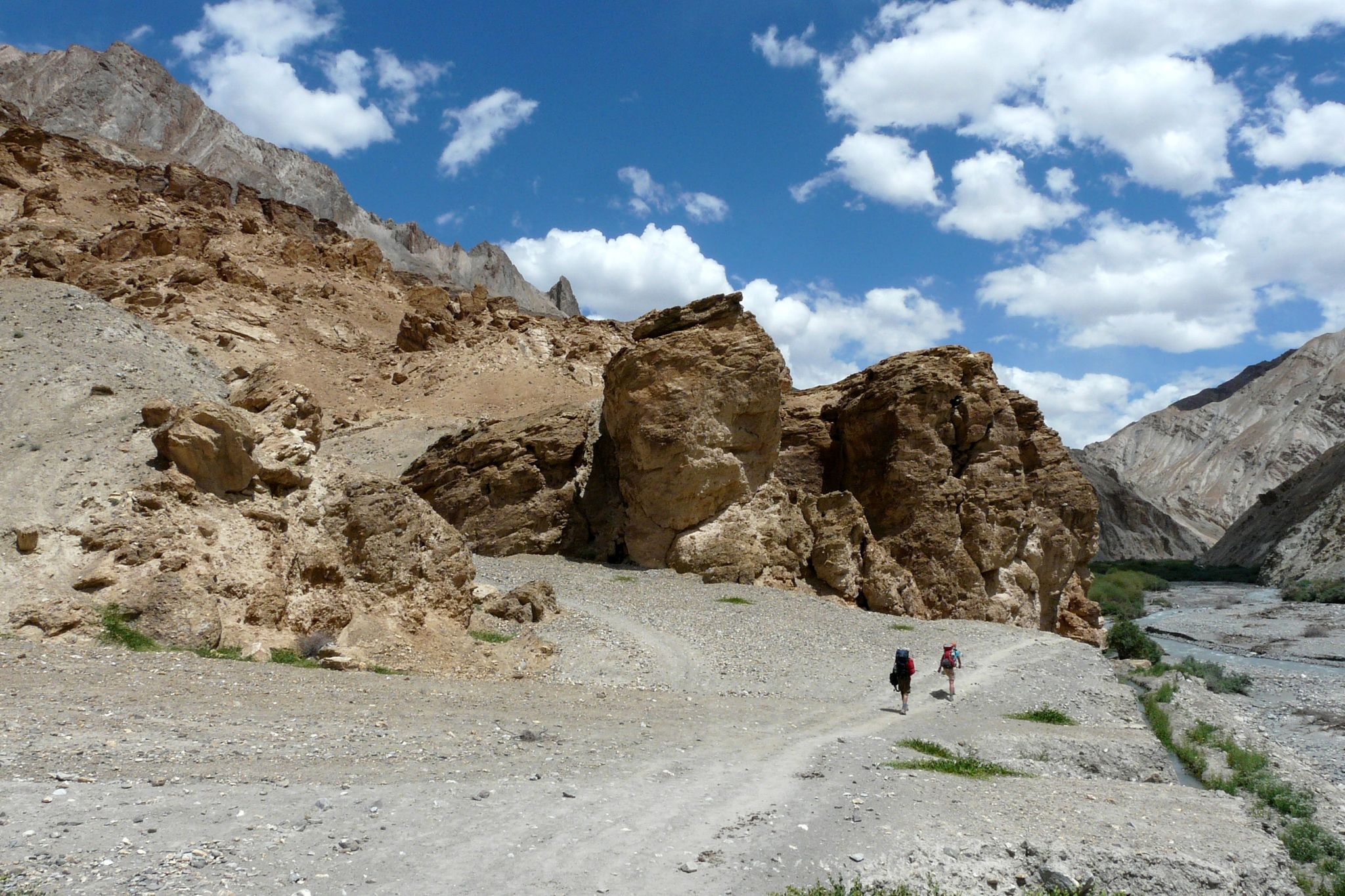
Packing List: What to Bring for the Trek
Clothing & Layering System
✅ Base Layer: Moisture-wicking thermal wear.
✅ Insulation Layer: Fleece jacket or down jacket.
✅ Outer Layer: Windproof & waterproof jacket.
✅ Trekking Pants: Quick-dry, durable material.
✅ Gloves, Hat, Sunglasses: Protect against cold & sun.
Footwear
✅ Hiking Boots: Waterproof, ankle support.
✅ Camp Shoes: Lightweight for homestays.
✅ Woolen Socks: Prevent blisters & keep feet warm.
Trekking Gear
✅ Backpack (40-50L) – Comfortable with rain cover.
✅ Trekking Poles – Reduces knee strain.
✅ Sleeping Bag (-10°C to -20°C) – For cold nights.
Personal Essentials
✅ Water Purification Tablets
✅ Sunscreen (SPF 50+)
✅ Lip Balm & Moisturizer
✅ Headlamp with Extra Batteries
✅ First Aid Kit (Bandages, AMS Medications, Painkillers)
Homestays & Camping Options on the Trek
Homestay Experience in Ladakhi Villages
Staying in traditional homestays allows trekkers to experience Ladakhi culture and hospitality. Villagers provide home-cooked meals, warm bedding, and local insights. Homestays are available in Skiu, Markha, Hankar, and Nimaling.
✅ Pros of Homestays:
✔ Authentic cultural experience.
✔ Warm Ladakhi food (Thukpa, Momos, Butter Tea).
✔ No need to carry camping gear.
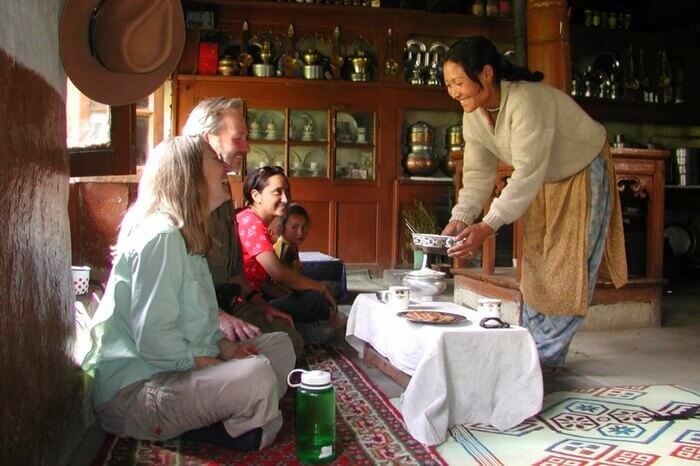
Camping on Markha Valley Trek
Trekkers who prefer camping can set up tents at Nimaling Plateau, Kongmaru La Base, and Hankar.
✅ Pros of Camping:
✔ More freedom & privacy.
✔ Stay in remote scenic locations.
✔ Experience stargazing under clear Himalayan skies.
Wildlife and Scenic Highlights on the Trail
Biodiversity in Markha Valley
The Markha Valley Trek runs through Hemis National Park, one of the largest protected areas in India, home to some of the most elusive wildlife species in the Himalayas. Trekkers have the rare opportunity to witness unique flora and fauna in a high-altitude desert ecosystem.
Wildlife You May Encounter
-
Snow Leopard (Panthera uncia)
- The most iconic and elusive predator in the region.
- Mostly spotted in winter (January – March) but sometimes seen at higher altitudes in summer.
-
Himalayan Blue Sheep (Bharal)
- Found in the rugged mountain slopes near Nimaling.
- A primary prey species for snow leopards.
-
Red Fox
- Frequently seen in lower altitudes like Skiu and Markha village.
-
Golden Eagles & Himalayan Griffon Vultures
- Often soaring over Kongmaru La Pass and Nimaling Plateau.
-
Marmots & Pikas
- Found at high-altitude meadows, particularly near Hankar and Nimaling.
Scenic Highlights & Natural Landmarks
📌 Zanskar River Crossing – A thrilling river crossing at the beginning of the trek near Chilling.
📌 Kang Yatse Peak View – Breathtaking views of the 6,400m peak from Nimaling.
📌 Kongmaru La Pass (5,200m) – The highest point of the trek with panoramic views of the Ladakh and Zanskar ranges.
📌 Prayer Flags & Mani Walls – Traditional Buddhist stone-carved mani walls and colorful prayer flags along the trail.
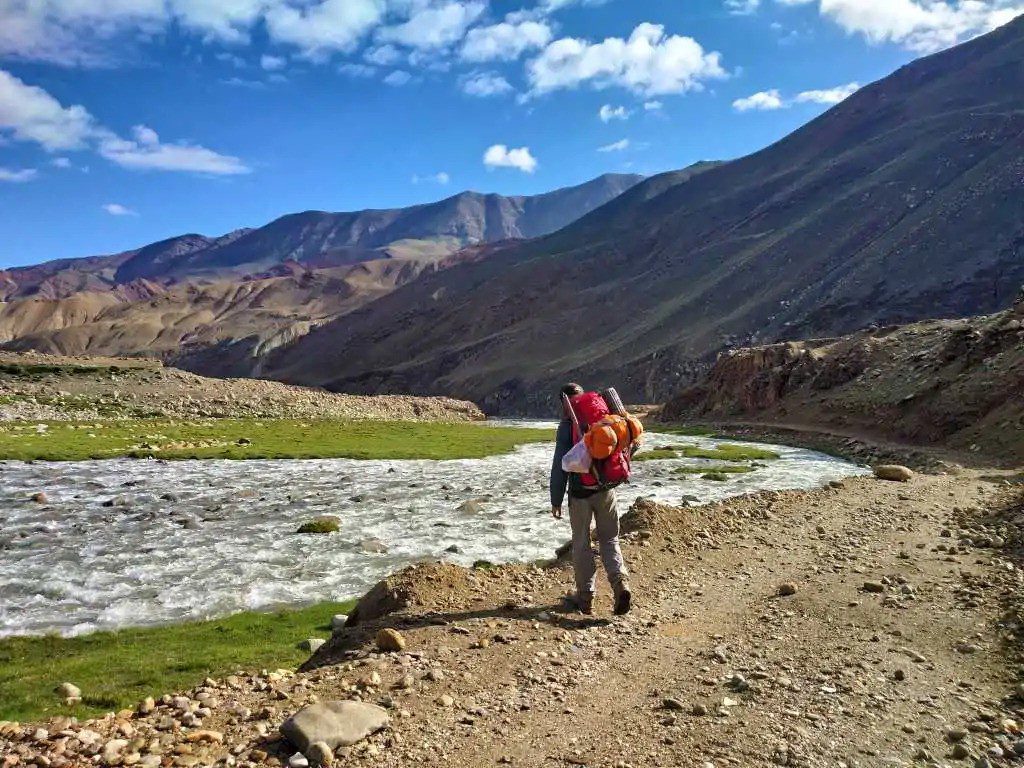
Food and Water Availability
What Food is Available on the Trek?
Trekkers staying in homestays will be served traditional Ladakhi meals, while those camping will need to carry their own supplies.
Common Meals in Ladakhi Homestays:
✅ Breakfast: Tsampa (barley porridge), Tibetan bread, butter tea, omelets.
✅ Lunch: Rice with dal, seasonal vegetables, Thukpa (noodle soup).
✅ Dinner: Momos, Chhurpi (yak cheese), vegetable stew.
Water Sources and Purification Methods
- Natural water sources (streams, rivers) are available along the trek.
- Always purify water using:
- Water purification tablets (Chlorine/Iodine).
- Portable water filters (LifeStraw, Sawyer Squeeze).
🚨 Do not drink untreated water—risk of stomach infections and parasites.
Guided vs. Independent Trekking
Should You Hire a Guide?
✅ Pros of Hiring a Guide:
✔ Expert navigation and safety in remote areas.
✔ Local cultural insights and interaction with villagers.
✔ Assistance in case of altitude sickness or emergencies.
❌ Cons of Hiring a Guide:
✘ Higher cost (~ ₹2,000 per day).
✘ Less flexibility in daily schedule.
Independent Trekking: What You Need to Know
✅ Pros of Trekking Solo:
✔ Budget-friendly and more freedom to explore.
✔ More immersive self-sufficient adventure.
❌ Cons of Trekking Solo:
✘ Navigation difficulties, especially in bad weather.
✘ No immediate help in case of injury or AMS.
👀 Recommendation: Beginners should trek with a guide, while experienced trekkers can go independently with proper preparation.
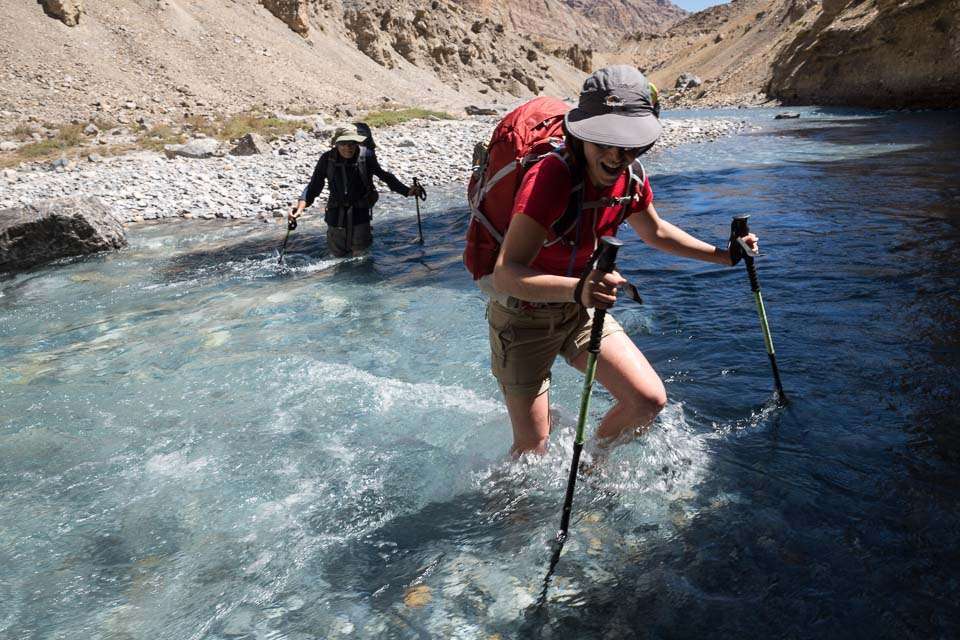
Travel Tips for a Safe & Enjoyable Experience
Essential Tips for Markha Valley Trek
✔ Arrive in Leh at least 2-3 days before the trek for proper acclimatization.
✔ Pack light but smart—every extra kilo makes trekking harder.
✔ Respect local customs—avoid touching Buddhist artifacts and always ask before taking photos of locals.
✔ Leave No Trace—carry back all non-biodegradable waste.
✔ Check weather forecasts before starting the trek to avoid unexpected snowstorms.
🚨 Emergency Evacuation:
- In case of severe AMS, return to lower altitudes immediately.
- Contact the Indian Army medical posts available at some trekking routes if needed.
FAQs About Markha Valley Trek
Is Markha Valley Trek Suitable for Beginners?
✅ Yes, physically fit beginners with prior hiking experience can complete this trek.
✅ Recommended preparation: Train with 5-10km hikes carrying a backpack and focus on stamina and strength training.
How Cold Does It Get During the Trek?
📌 Summer (May – September): Daytime: 10°C – 25°C, Nighttime: -5°C – 5°C.
📌 Winter (October – April): Extreme cold (-20°C at high altitudes).
✔ Best Time: July – September for mild temperatures and clear skies.
What is the Best Way to Reach Leh Before the Trek?
📌 By Air:
- Direct flights to Leh (Kushok Bakula Rimpochee Airport) from Delhi, Mumbai, Srinagar.
- Flight cost: ₹6,000 – ₹15,000 ($75 – $180).
📌 By Road:
- Manali-Leh Highway (472 km): Takes 2 days via Keylong.
- Srinagar-Leh Highway (434 km): Takes 1-2 days via Kargil.
Can I Do the Trek Without a Guide?
✅ Yes, but only experienced trekkers should attempt it alone.
✅ Navigation required as trails may be poorly marked in some sections.
✅ Basic knowledge of altitude sickness and first aid is essential.
Are There Mobile Networks and Internet on the Trek?
❌ No mobile networks beyond Chilling.
✅ BSNL & Jio 4G work in Leh, but no coverage during the trek.
✅ Best to inform family beforehand and use satellite phones for emergencies.
What Are the Emergency Evacuation Options?
📌 Helicopter Evacuation: Available via Indian Army & local rescue services in severe medical emergencies.
📌 Closest Medical Help: Leh Government Hospital (Sonam Norboo Memorial Hospital).
📌 Trek Safely: Always trek with an emergency contact device (SPOT Tracker or Garmin InReach).
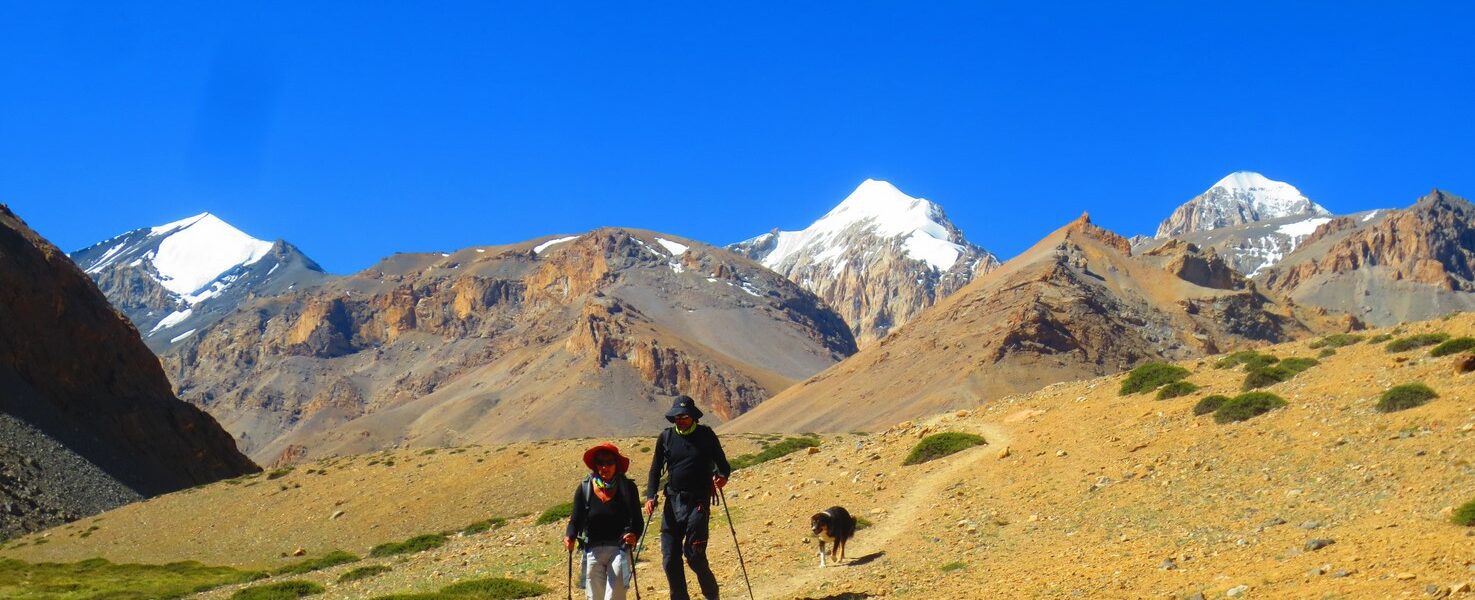
Conclusion
The Markha Valley Trek 2025 promises an unforgettable adventure through breathtaking landscapes, remote villages, and high-altitude passes. Whether you’re a seasoned trekker or a first-time visitor to Ladakh, this trek offers a perfect balance of cultural immersion and adventure.
Before you set off on this life-changing journey, make sure to prepare well, acclimatize properly, and respect the local environment. Whether you trek independently or with a guide, Markha Valley will leave you with memories that last a lifetime.

